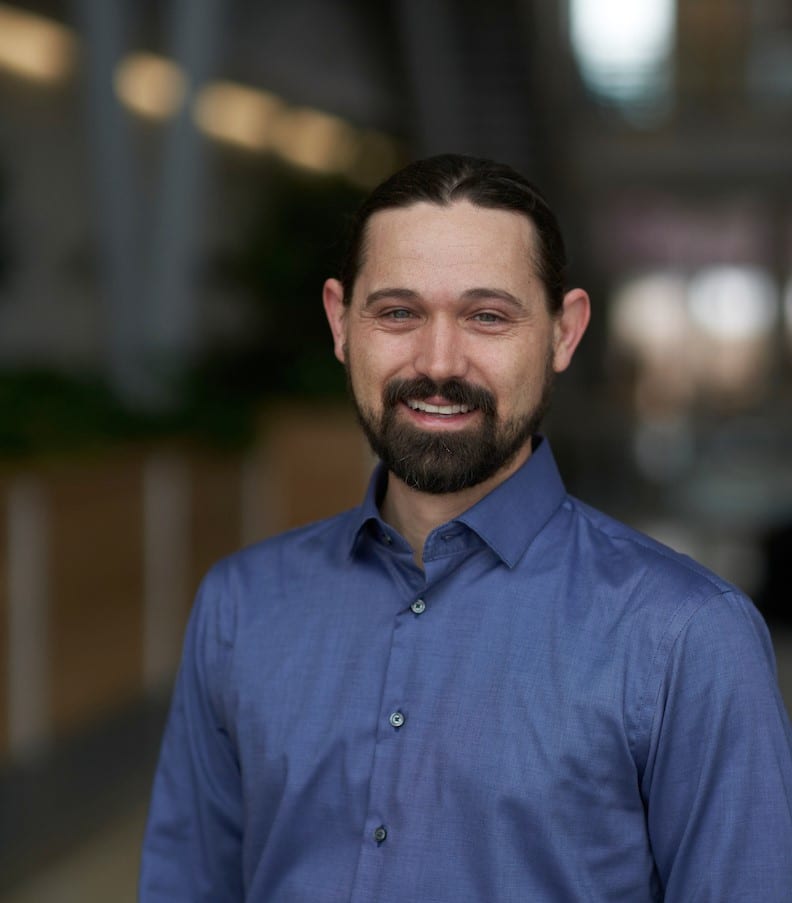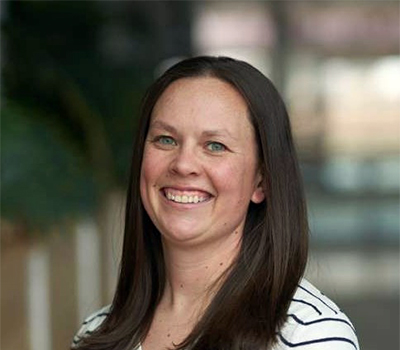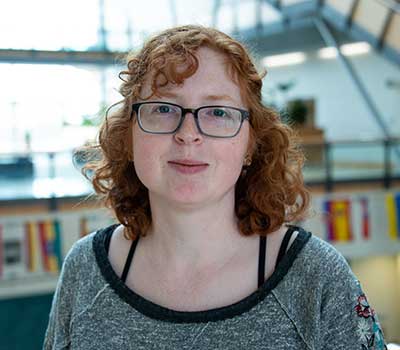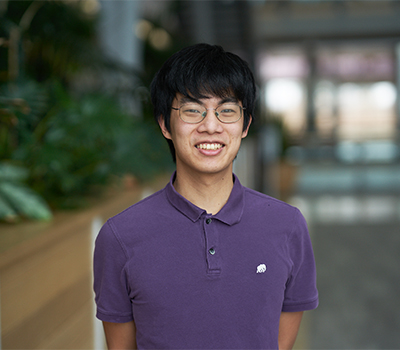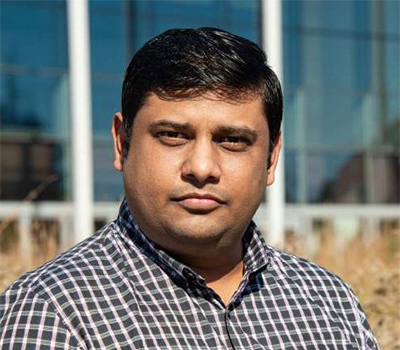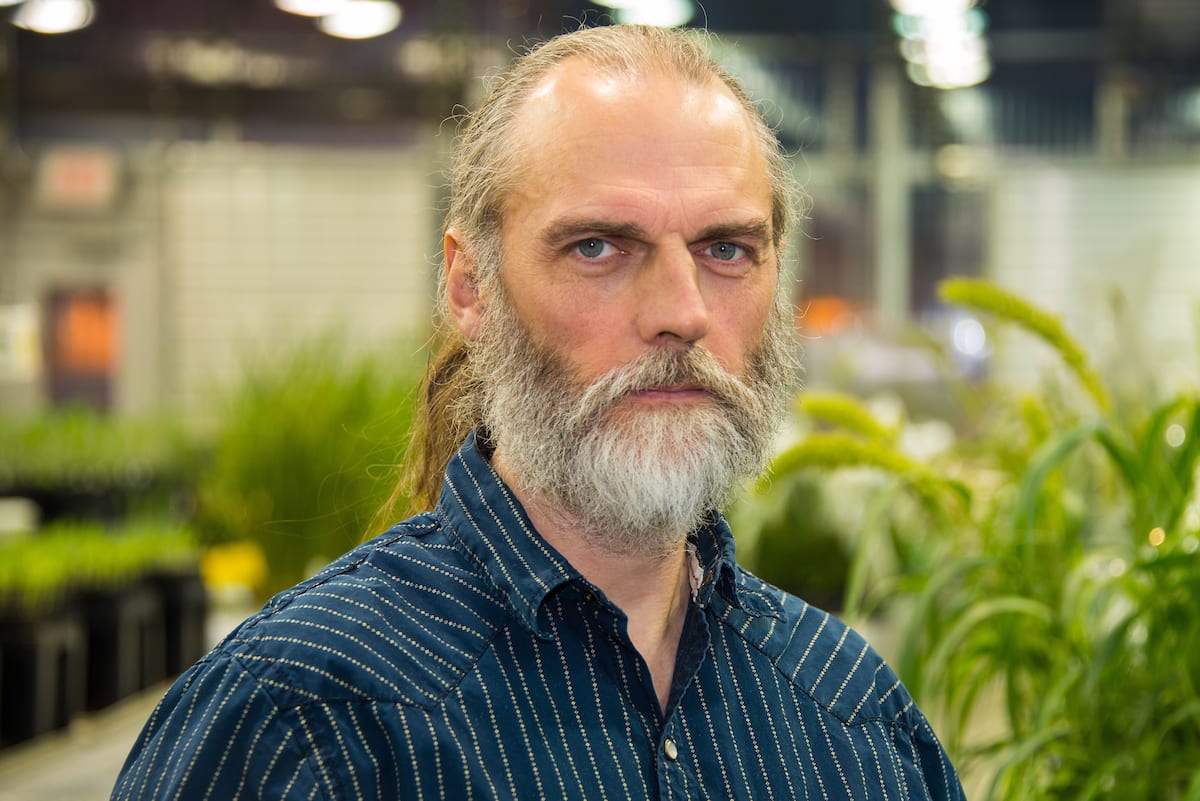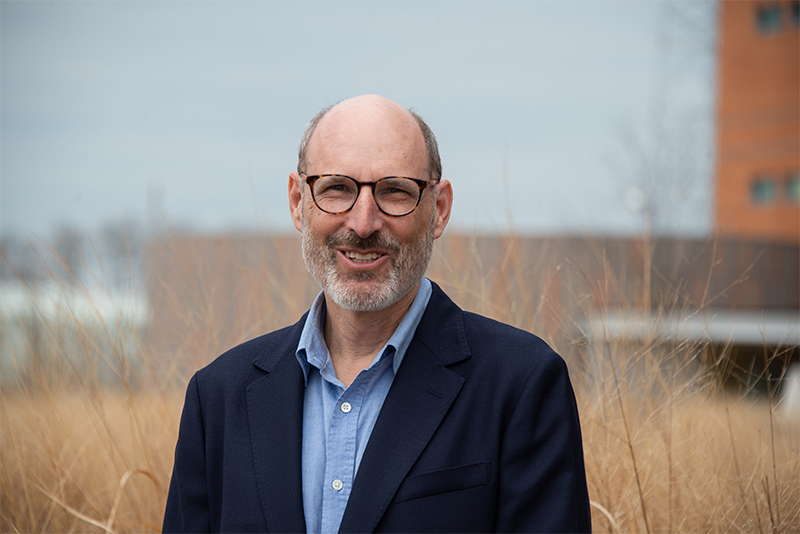Roots
Growing up in Chino, California, Chris Topp describes himself as very much a suburban kid:
“I knew that food came from 7-11. I never thought about where water comes from, where food really comes from.” It wasn’t until age 19, when he had an uncomfortable revelation about his chicken sandwich, that he became interested in the origins of things—and became a vegetarian.
While at the University of Georgia pursuing a genetics degree, Chris began studying plant pathogens. Interested in cutting-edge and emerging technologies, he worked as a research tech in an NSF-funded plant science lab to develop artificial chromosomes, an example of early synthetic biology. In grad school, he focused on maize, realizing that this crop could have the biggest impact: “In the U.S., there are about 90 million acres of corn planted each year. At an average density of 30,000 plants per acre, that’s 2.7 trillion corn plants. It’s been said there are more corn seeds planted each year than stars in the Milky Way.”
After launching his professional career at Duke University, Chris is today a principal investigator at the Danforth Center. Together with his lab, he’s trying to unlock the secrets of the hidden half of plants.
The Hidden Half
Roots are the foundation of plant health and productivity—even Darwin was interested in them—but so much is still unknown about this “hidden half” of plants. Roots are buried underground, sometimes by as much as dozens of feet of soil. Studies of roots growing in soil typically require killing the plant by removing it from the ground. Such studies are not able to capture the dynamic nature of root growth and soil interactions.
So when Chris learned about specialized 3D X-ray computed tomography (X-ray CT) systems for very large objects used in the aerospace industry, he saw a new potential application. In 2016, a partnership with Valent BioSciences, along with funding from the National Science Foundation, brought one of these 8-ton machines to the Danforth Center. The success of this instrument soon led to a smaller, but more powerful X-ray microscope to look at root-microbial interactions. Now the Topp lab can see the 3D subterranean world of roots nondestructively, at least for plants growing in large containers. The Topp lab’s X-ray CT and microscope facility for plant science at the Danforth Center is unique in the world.
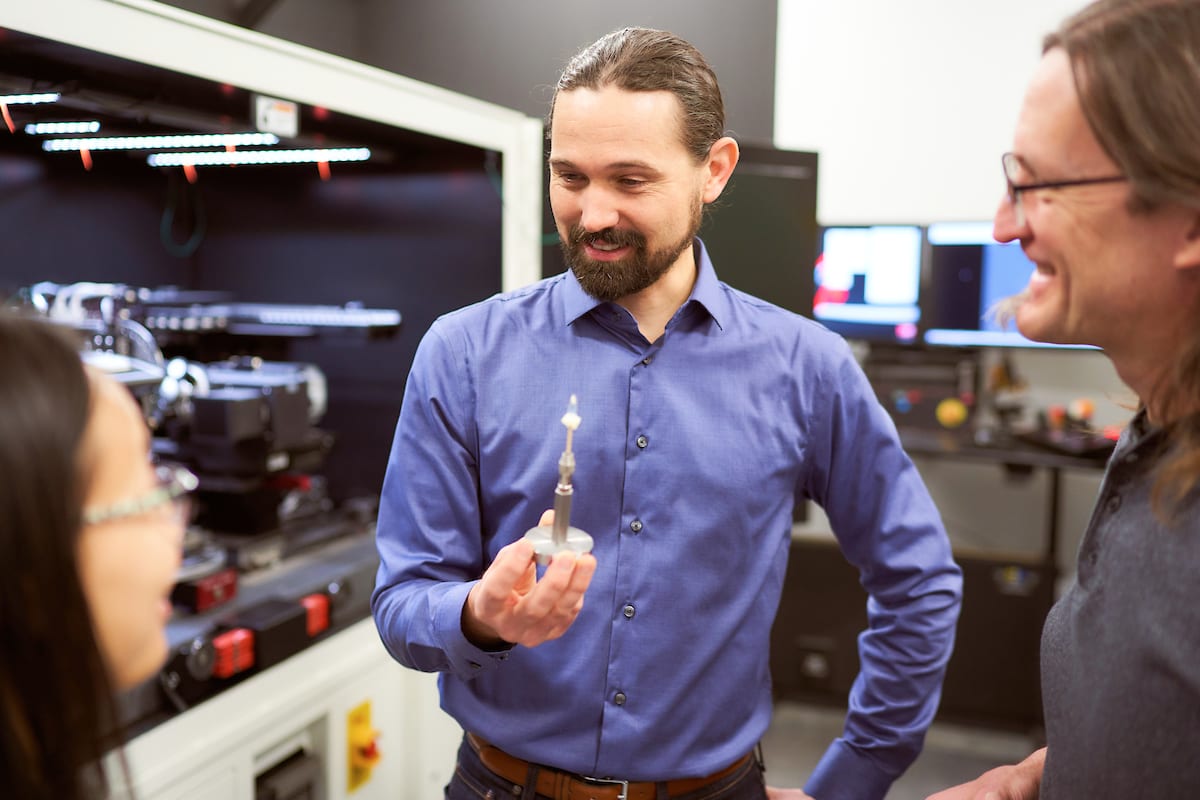
Emerging Results
Already the work is yielding results in the sphere of "rhizo-economics," the study of the microbial ecology fostered by plant root systems, including symbiotic interactions of mycorrhizal fungi. Chris and his team are studying the effects of drought and other stressors. They can observe how different treatments lead to changes in root system growth. They can learn more about carbon sequestration.
The eye-popping three-dimensional imagery generated by the facility has another impact as well: education. The Topp lab, working with the Danforth Center science education and outreach team, has developed a virtual reality tour of a plant's root system—a “worm's-eye” view—called “Get Rooted.” It is used in partnership with the St. Louis Science Center to turn kids on to the wonders of plant science.
Improving Soil Health
Currently, the Topp Lab is partnering with Valent BioSciences, a worldwide leader in the research, development and commercialization of biorational products for the agricultural, public health and forest health markets. Valent BioSciences is working with Dr. Chris Topp and Keith Duncan, Research Scientist in the Topp Lab, to pioneer innovative rhizosphere research incorporating advanced non-destructive imaging techniques. Together, Valent BioSciences and the Topp Lab seek to improve soil health for future generations.

